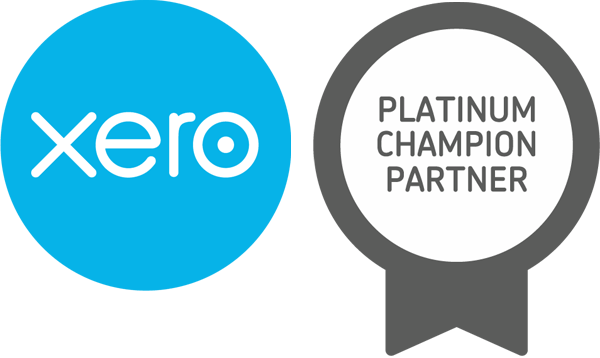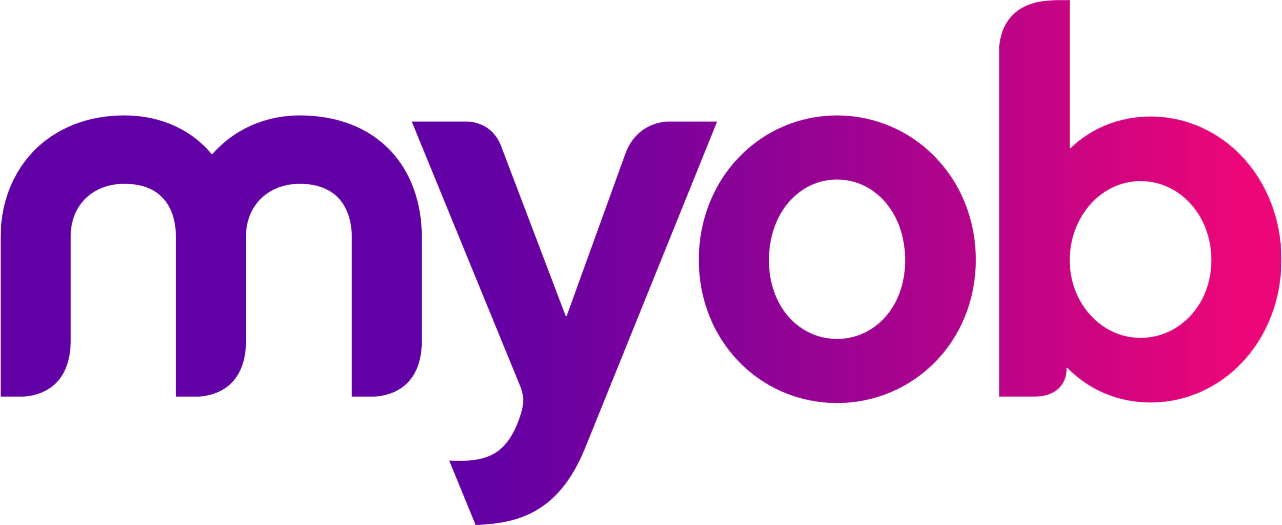PayDay Super
PAYDAY SUPER - Next step for payday super: legislation introduced to Parliament
The government’s payday super reforms have taken another step towards implementation with the introduction of legislation to Parliament. Requiring employers to pay employee super contributions on payday, the reforms are designed to ensure that employees benefit from more frequent and earlier super contributions that grow and compound over their working life and reduce instances of unpaid super.
Contribution timeframes are now measured in “business days” rather than “calendar days”, and employers will have 7 business days to make contributions.
The legislation still needs to pass through both the House of Representatives and the Senate before it becomes law, but you shouldn’t wait to start planning.
Recognising that employers need time to deploy, test and embed changes in their payroll systems and business processes, the ATO has released a new draft Practical Compliance Guideline that outlines its proposed compliance approach for the first year of payday super (starting 1 July 2026). It plans to use a risk-based framework where employers will be categorised as at low risk, medium risk or high risk of not meeting their payday super obligations.
What’s next?
Start preparing now. Review your payroll systems and processes to ensure they’re ready for payday super by 1 July 2026; consider whether more frequent super payments could have cash flow implications for your business that you need to act on; and look for alternatives if you use the SBSCH, as it will be closed from 1 July 2026. Planning ahead will help you be compliant with the law and make a smooth transition.
Keep an eye on developments as the legislation progresses through Parliament and as the ATO finalises its compliance guideline. Changes could still be made before the reforms take effect.









